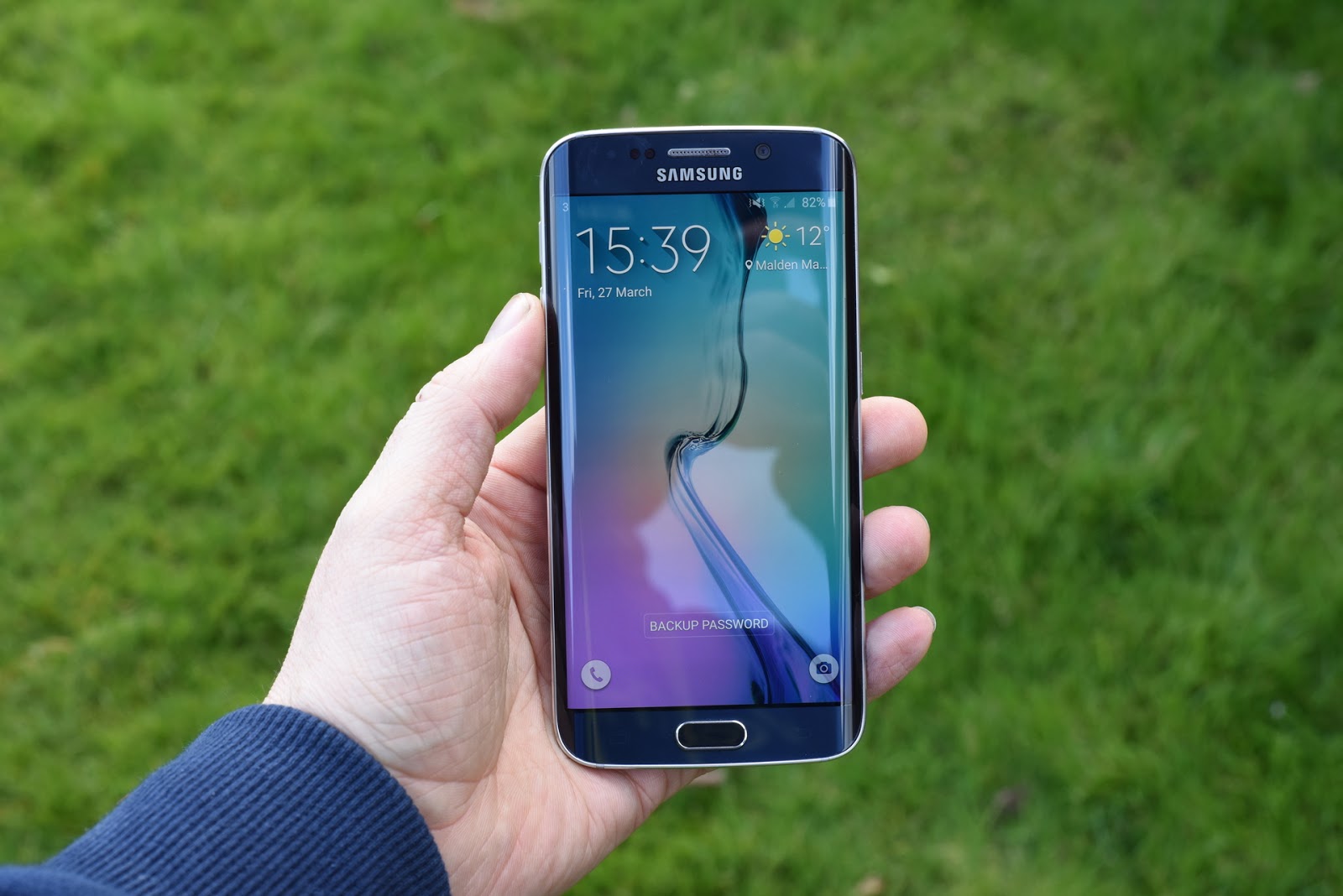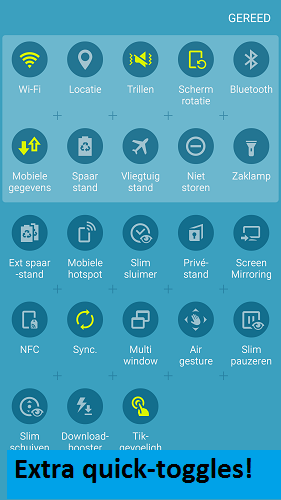

Once the device is rebooted and you’re through the setup, reboot to TWRP again and flash the SuperSU Zip to root.Similarly, flash the Gapps package and then wipe caches.Wipe cache/Dalvik cache after flashing the ROM. Choose the Install option from the recovery menu and choose the ROM zip from the file manager.

To make a clean wipe, just click advanced wipe and select Data, Cache, Dalvik-Cache, System to wipe.
Now, make a complete wipe of the device as we want a fresh installation. From the Mount options, mount the partitions: Data, Cache, System. You can follow our definitive guide for nandroid backup from here. As you’re in the TWRP recovery, make a complete nandroid backup of your device. Press and hold Power + Home + Volume Up buttons together and release them as soon as you see the Galaxy logo on the screen. Power off your device and wait until it’s completely turned off. Boot into recovery mode on your Galaxy S6. Download the Lineage OS ROM, Gapps package of your choice (7.1 arm64 pico Gapps are recommended) and SuperSU Zip to root. Make a complete backup of important files on your device to a secure location. Install TWRP recovery on your Galaxy S6. Make sure that you have at least 60% charge on your Galaxy S6 smartphone. So, without any further ado, let’s see how to install Lineage OS 14.1 on Samsung Galaxy S6 smartphone. Apart from that, the ROM is sleek and smooth bringing bloat-free Android OS to your Galaxy S6. The initial bugs reported are a non-functional torch and non-responsive camera in some apps. The ROM is based on Android 7.1.1 Nougat and is working smoothly as reported by many users. XDA developer xCopyrightPvPhas released an unofficial build of Lineage OS 14.1 for Galaxy S6. Well, that doesn’t mean the Galaxy S6 won’t receive Lineage OS. The official Lineage OS is available to download for a truckload of Galaxy devices, but it’s an easy observation that the Galaxy S6 isn’t on the list. Many devices have already received the official Lineage OS ROM, but the poor Galaxy S6 is still waiting for its share. Lineage OS is successfully carrying the legacy of CyanogenMod, and it’s obviously similar to its predecessor. Now that it’s gone, I’ve moved on to Lineage OS which is the successor to the CyanogenMod. I’ve grown up tweaking and tinkering Android devices, and CyanogenMod has always been my favorite. It’s like seeing Hugh Jackman hanging up the claws forever. The fact that CyanogenMod is long dead now is a bit awful for many people. CyanogenMod is the favorite custom ROM for most of the Android adventurers, and there’s no denying it.






 0 kommentar(er)
0 kommentar(er)
